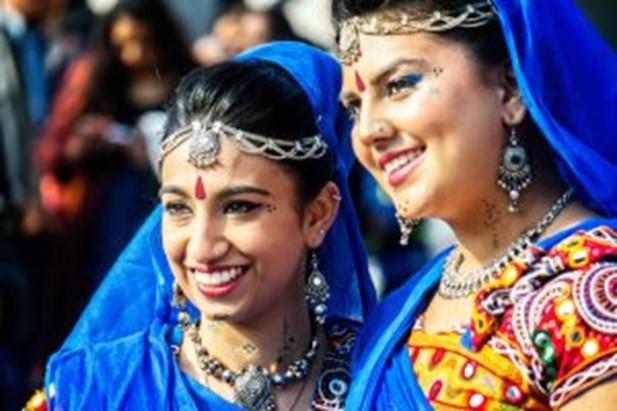
The Grassroots Tour – Mughal Delhi
Delhi, with a population of 17 million people, is, amazingly, only India’s third biggest city, but its old town is certainly its most chaotic.
Parts of New Delhi and its satellite cities, may reflect India’s leap into the 21st Century, but the crowded streets, laneways and bazaars of Old Delhi remain fixed in the past.
In fact the past is ever present here. And the most impressive monuments in the City are from its Mughal period, between 500 and 250 years ago, from the 16th the 19th centuries, when Northern India was ruled by a powerful and creative dynasty from Central Asia.
The Red Fort, Delhi’s most iconic historic site, was built by the most famous rulers of the Mughal dynasty, Shah Jahan, who also built the Taj Mahal in Agra.
This huge and impressive structure with its incredible red sandstone walls took just nine years to build and was completed in 1639. It served as the seat of Mughal power, and remained the centre of Government right up to the mid-19th century when the last Mughal emperor was dethroned and the British took full control of India.
But it’s still a powerful symbol of Indian nationhood… It was here that the Indian flag was first hoisted when India became independent in 1947.
Across Delhi the garden tombs and mausoleums of other Mughal rulers survive to this day. This tomb of Humayun, the second Emperor, built in 1565, is thought to have provided the inspiration for Shah Jahan’s Taj built a century later.
Humayun’s family is also buried in this vast garden complex, along with his favourite hair cutter and the Persian masons who built the tomb.

Credits
Presenter/voice/producer: Ian Cross
Photography: Robin Constable
